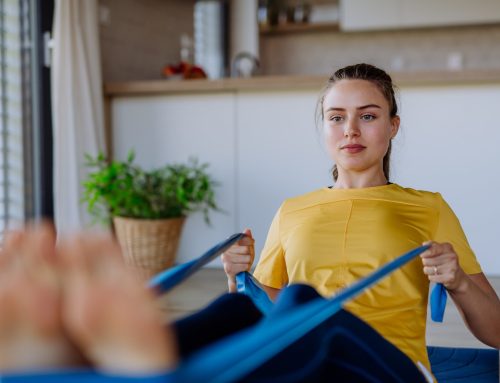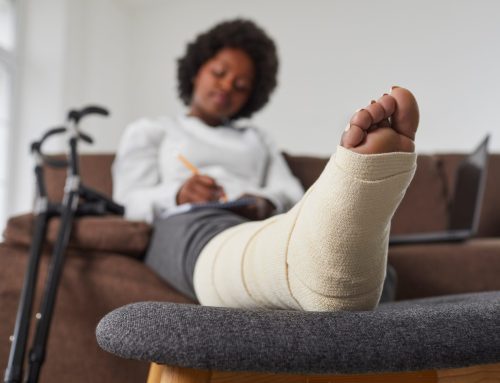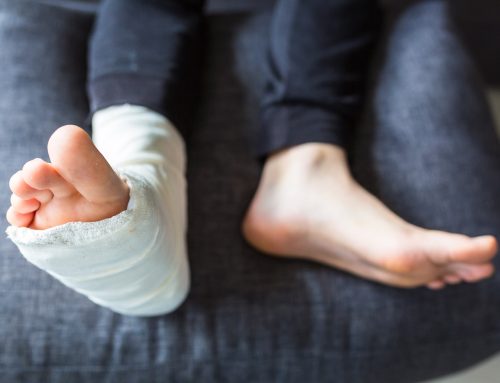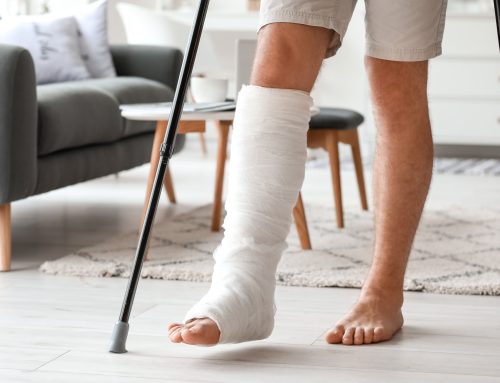Vitamin D is known as the sunshine vitamin because our bodies can actually produce it on their own when the sun hits our skin. But in Canada, the Great White North, that’s not so easy.
“In Canada, the angle of the sun from October until the end of March doesn’t allow for proper stimulation to produce any significant levels of vitamin D in the body and supplementation is required,” said Dr. Wojciech P. Olszynski, Rheumatologist, Saskatoon Osteoporosis and Arthritis Infusion Centre.
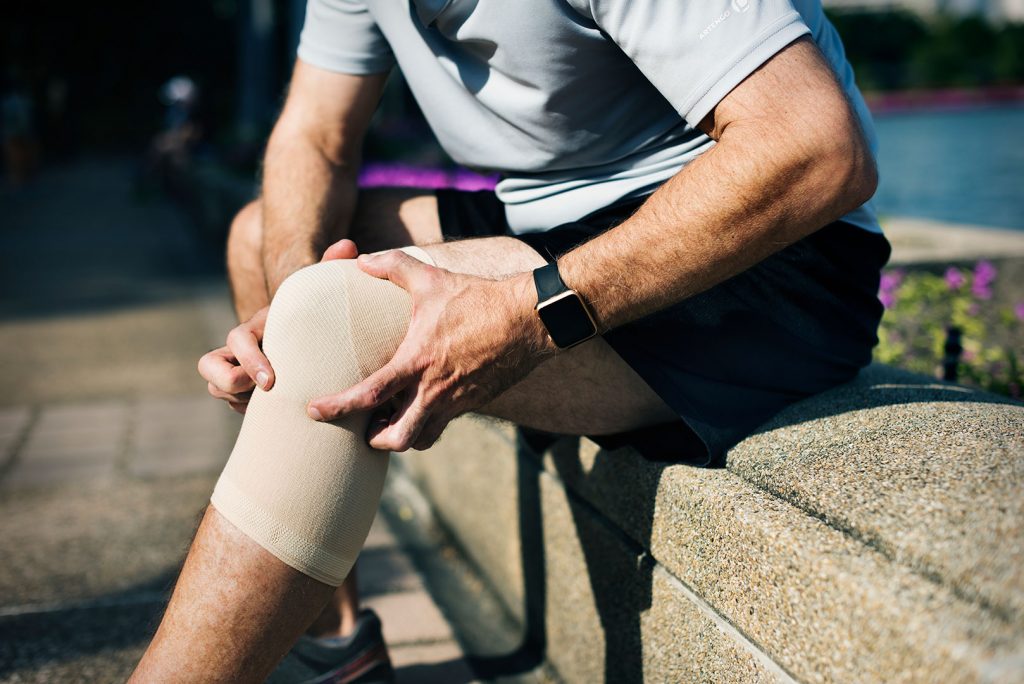
And in the summer, we’re not getting much vitamin D either from the sun.
“From April till September, theoretical, stimulation could be achieved during sunny days but this requires from 30 to 60 minutes of skin exposure daily,” he said. “This is unfortunately for the most part blocked by widely and wisely advised sunblock use.”
Building healthy bones with vitamin D and calcium
Vitamin D and calcium work hand-in-hand to build and maintain strong bones. We lose calcium from our bodies every day through our skin, hair, nails, sweat, and other human excretions. When we are not ingesting enough calcium, our body starts to take it from our bones, making them weaker and less dense.
Vitamin D is essential for our bodies and bones to make use of calcium, it absorbs the important mineral from our food and into our intestines. And it has added benefits for our immune system.
“In simple words, vitamin D is not only fundamental for proper bone hygiene but also for protection from infections and general diseases of our immune system with the ability to improve hormonal imbalance,” said Dr. Olszynski.
“If you take supplements, which we as professionals highly recommend, make sure you continue 2000 IU a day if not – start 2000 units a day and get measurements of vitamin D levels in three months. Then correct accordingly.”
Taking too much vitamin D could harm, rather than help, bone density
High doses of vitamin D, though, can be too much of a good thing. Too much of the sunshine vitamin can negatively affect bone health and the loss of mineral density with age. Extreme vitamin D intake can even be toxic — causing an excess of calcium to be released into the bloodstream.
“To expect the proper function of vitamin D, levels in the blood have to be adequate — not too low and not too high,” said Dr. Olszynski.
A recent long-term study by the University of Calgary and Alberta Health Services found that taking supplements with too high of a dose of vitamin D did not result in improved bone health.
Over three years, 311 healthy adults, aged 55 to 70 years old, without osteoporosis, took a daily vitamin D supplement. They either took a 400 IU (international unit) supplement, 4000 IU, or 10,000 IU.
Participants had their bone density and bone strength measured at the start and throughout the study. Those taking the highest doses actually lost more bone mineral density than the people taking less. Bone mineral density for those in the 400 IU group decreased by 1.4 percent, the 4000 IU group decreased by 2.6 percent, and the 10,000 IU participants decreased by 3.6 percent.
“What we can see in this study is that large doses of vitamin D don’t come with a benefit to the skeleton,” said Dr. Emma Billington, MD, one of the authors of the study, in a press release. “For healthy adults, 400 IU daily is a reasonable dose. Doses of 4,000 IU or higher are not recommended for the majority of individuals.”
Osteoporosis and vitamin D
Adverse effects of high-dose vitamin D supplements are more likely to affect women than men, found the same Calgary Vitamin D study group. Women are also more likely to develop osteoporosis in their lifetime. This is due to women losing bone mineral density faster once their estrogen levels plummet following menopause.
Osteoporosis causes low bone mass, skeletal fragility, and disruption to the architecture that composes bones.
Other people may be deficient in vitamin D, including those with eating disorders, malabsorption issues like celiac, or are pregnant or lactating. Certain medications and skeletal disorders can also affect vitamin D levels in the body. Vitamin D deficiency affects calcium levels but also causes a rise in the parathyroid hormone which results in extra bone resorption, when the cells are absorbed back into the body.
Maintaining a healthy lifestyle
A nutritious diet is the best way to prevent and treat osteoporosis. In addition to a daily supplement, consider foods rich in vitamin D such as fatty fish, like tuna, mackerel, and salmon, eggs, cheese, and fortified milks and cereals.
Physical exercise that incorporates both cardiovascular and muscle strengthening exercises, especially when at a younger age, also makes for healthier bones that are less likely to break. This could be anything from jogging and playing basketball for the younger set, to tai chi and walking for the elderly.
Our bones need impact from hitting the ground, moving around, holding our body weight, and exerting pressure. This force jostles the cells in our bones, forcing them to react, strengthen, and rebuild.
Low-intensity pulsed ultrasound therapy helps fractures heal faster
Ensuring a proper daily dose of vitamin D will keep your bones strong, but can’t entirely eliminate your risk for fractures. Broken bones can take weeks to months to heal and that’s time that keeps you away from your regular activities and exercise plan.
Low-intensity pulsed ultrasound (LIPUS) therapy is an innovative treatment that uses painless electrical forces to stimulate the bone and speed the healing of fractures. Treatment takes only twenty minutes a day and doesn’t require medical supervision. Inline Medical Inc. provides Canada’s only subsidized rental service of LIPUS devices for at-home use.
How do you choose to consume vitamin D? Do you have any questions about your bone health and risk for fracture? We’d love to hear from you! Please leave any comments or questions below.

